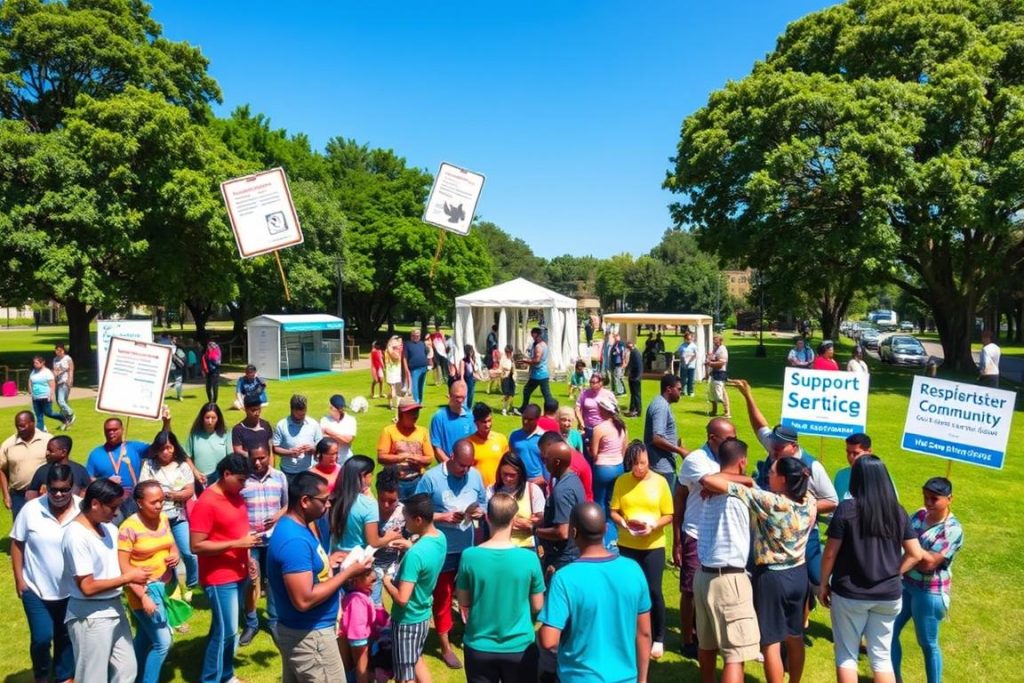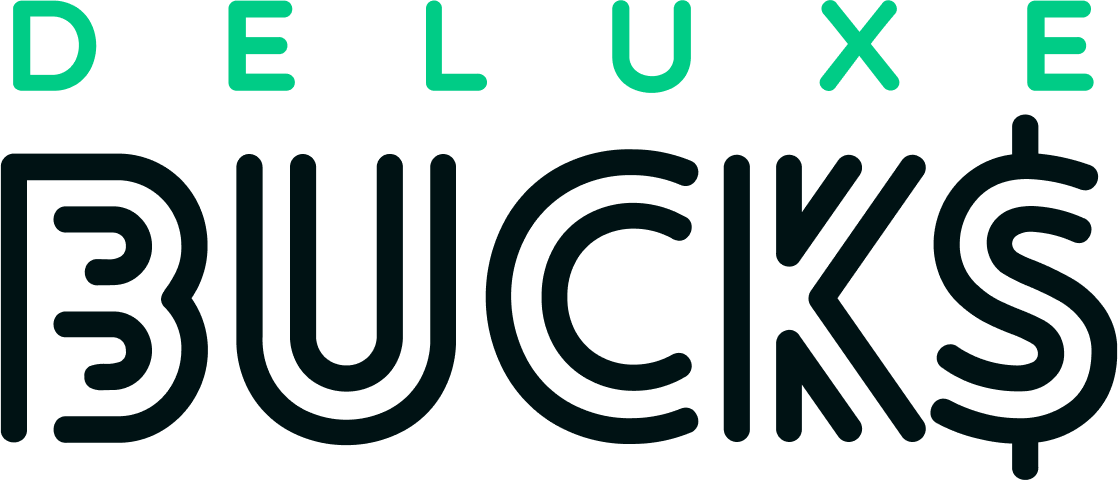Picture this: You’re working hard to make your monthly budget stretch. You’re covering basics like your home, food, and keeping the lights on. For many, the Affordable Connectivity Program (ACP) has been a big help, giving discounts on phone and web access. Yet, as we near May 31, 2024, the end of ACP looms, leaving us wondering where to find support.
Here’s the spotlight on other government help programs as we move beyond ACP. It’s key to learn about other aids available, especially now. With the Q Link Emergency Plan giving only a bit of data, minutes, and texts from June 1, we need to look at social support. They help us keep our essential tech tools running1.
Key Takeaways
- Lifeline program offers a consistent monthly discount on essential communication services1.
- Other government assistance programs are vital to maintaining connectivity in the post-ACP era.
- Integrate alternative financial support options into your plan now for a seamless transition.
- Benefits of these programs, such as Lifeline, are comprehensive and limited to one per household, ensuring focused aid1.
- Varying state-specific programs and benefits cater to the unique needs of their residents1.
- Eligibility for Lifeline and related services may depend on participation in other assistance programs or meeting state-specific income guidelines12.
- It’s essential to compare devices offered through different carriers to find suitable options for your needs.
Understanding the Lifeline Program Beyond ACP
The Lifeline Program is key for those needing help to pay for phone and internet services. It provides government help to make sure everyone can get these services. This support is crucial in making sure people stay connected.
Eligibility Criteria for Lifeline Benefits
You might get Lifeline if your income is low or if you’re in certain aid programs. For instance, being in Medicaid, SNAP, or SSI means you could qualify3. The program checks if you’re eligible carefully, making sure the right people get help.
The Transition from ACP to Lifeline Programs
Before, ACP gave people $30 each month for the internet4. Now, with Lifeline, things are changing. People need to check their plans to keep their services. This change affects millions, ensuring they don’t lose vital internet access.
Services and Discounts Offered by Lifeline
Lifeline offers many services to lower costs for families. They give reduced rates for phone and internet3. You could save about $9.25 per month on the internet with Lifeline4. Plus, there’s no need for long contracts, making it easier for people to manage their needs.
Alternatives to ACP for Obtaining Free Devices
When the Affordable Connectivity Program (ACP) ended, about 23 million households lost federal help for home internet. Finding other options became a must5. Looking into different government programs and support can help keep technology accessible.
The federal Lifeline program is a key help after ACP’s end, giving a $9.25 monthly discount for broadband to eligible houses. On tribal lands, this goes up to $34.2556. This makes staying connected online more affordable for many.
Some internet providers (ISPs), like Brightspeed and Kinetic by Windstream, still give a $30 monthly discount to qualifying families5. Xfinity’s Internet Essentials and Spectrum Internet Assist offer cheap plans too. This is important for families adjusting without ACP.
Many families, especially with low incomes, need cheap and easy access to the internet for daily needs, like school and work.
Nonprofits also help close the digital divide. PCs for People gives affordable internet for $15 a month on T-Mobile’s 4G LTE network to those in government programs5. T-Mobile’s Project 10Million gives low-income students free 100GB of hotspot internet every year. This helps keep school resources available5.
These efforts offer a wide range of support to ensure access to vital digital tools continues. It’s smart to check local and national programs to find the best internet service for you.
Even as government aid changes, the aim to provide affordable, reliable internet stays the same. By looking for these options, you can lessen the impact of ACP ending.
Free Device Options: Evaluating the Choices without ACP
Finding free device options without the Affordable Connectivity Program (ACP) opens many possibilities. Various service providers offer essential tools to stay connected in today’s world. We look at the free phones available, focus on what seniors need, and see how different carriers stack up.
Types of Free Phones Available Through Service Providers
Even without ACP, companies like StandUp Wireless, TruConnect, and Entouch Wireless give out free devices through Lifeline. They have smartphones to basic phones, fitting many needs. These programs are often backed by state aid and public assistance7.
Importance of Device Capability and Usability for Seniors
Choosing a free phone must take comfort and easy access into account, especially for seniors. Cricket Wireless and T-Mobile’s devices, for example, make things better for sight and hearing. Cricket Wireless’s Samsung Galaxy A03 gets high marks for its senior-friendly use and is great for those with vision problems8.
T-Mobile’s Apple iPhone 13 stands out for hearing-aid support and Siri’s voice commands. It’s a top pick for seniors with varied needs8.
Comparing Free Devices from Different Carriers
Deciding between carriers requires looking at device features, network reliability, and support. T-Mobile has vast 5G coverage and offers the advanced iPhone 13 for seniors8. Cricket Wireless offers the Samsung Galaxy A03, which is easy to use with solid coverage8. Picking thoughtfully, considering these points, helps you find the perfect free phone, taking full advantage of government and public programs.
| Carrier | Device | Features | Senior Friendly | Network Coverage |
|---|---|---|---|---|
| Cricket Wireless | Samsung Galaxy A03 | Easy to use, High visibility | Yes | Extensive (99% AT&T network) |
| T-Mobile | iPhone 13 | Accessibility features, Siri | Yes | Widest 5G Coverage |

Government Assistance Programs: Harnessing State-Funded Aid and Subsidies
For many people, dealing with money problems is tough. Luckily, government aid programs are here to help. These programs provide help like healthcare and housing, creating a safety net for everyone. Knowing how these programs work and what they offer can help you make smart choices about getting help.

Every year, around $700 billion or 3.5% of the GDP goes into the economy through these programs, helping local and state growth9. A big part of this money goes to health programs like Medicaid. This not only helps with health needs but also improves community well-being9.
Still, many who qualify for these programs don’t get their benefits because of complex rules10. Luckily, there are new ways to make getting these benefits easier. By using technology and data, these systems make it simpler to get help, cutting down on red tape10.
| Program | 2017 Outlays (in million) | 2019 Estimates (in million) |
|---|---|---|
| Medicaid & CHIP | $390,906 | $423,457 |
| Federal-aid Highways | $42,498 | $43,782 |
| Child Nutrition Programs | $22,445 | $23,486 |
| Tenant-based Rental Assistance | $20,584 | $19,902 |
Alongside health and housing support, programs like SNAP and TANF show the government’s support for basic needs10. Using “no wrong door” policies and data sharing makes applying easier. This improves how people get to use these benefits, making them more accessible10.
If you need help, the first step is understanding what government aid offers. Thanks to reforms and strong support from federal and state levels, these programs aim to reduce inequality. They help ensure everyone has a chance at growing and prospering together.
Conclusion
In closing our look at government aid and ways to get key technology, it’s clear the end of the Affordable Connectivity Program (ACP) doesn’t stop the support for staying connected. Programs like Lifeline and state aid are here to help low-income people bridge the digital gap. With HomeFirst’s Down Payment Assistance Program aiding New Yorkers to buy their first home, other programs also offer big help with necessary needs- 56% of low-income families with kids get help from two or more programs11.
Knowing and acting can bring many benefits. Public health insurance and food aid, like SNAP, help two-thirds of low-income families get by. This shows the wide safety net the government provides11. We saw that these aids do more than just help at first; they start a ripple of good effects, like more healthcare and charity care in hospitals12. These programs go beyond money help; they’re lifelines for health and long life in their communities.
Use what you’ve learned here to make the most of the help available. Getting through hard times often means knowing and using what’s out there. So, get to know what you qualify for and don’t miss the chance to make your life better. With strong government aid programs, you’ve got the means to not just get by, but to flourish, even when times are tough.
FAQ
What are my options for free devices now that the Affordable Connectivity Program has ended?
Who is eligible for the Lifeline program benefits?
How do I transition from ACP to Lifeline or other government assistance programs?
What services and discounts does the Lifeline program offer?
How do I evaluate the best device options for seniors without the ACP?
Can I still get financial support for connectivity after the ACP’s termination?
How should I compare free devices from different carriers?
Are there public benefit programs that offer assistance beyond phone and internet services?
Source Links
- Free Government Phone Programs: How to Get Your Device – ComputerCity – https://computercity.com/phones/free-government-phone-programs-how-to-get-your-device
- How to Get Free Government Smartphones: A Complete Guide – https://www.linkedin.com/pulse/how-get-free-government-smartphones-complete-guide-device-problem-nahkc
- Understanding Lifeline Program Benefits and How to Apply – https://unitywireless.com/blogs/internet/understanding-lifeline-program-benefits-and-how-to-apply?srsltid=AfmBOop6YZpOuljr_-7v_HB_S2XAtYDMIXpHNxH1OK22D6RkiyGerJxf
- Beyond ACP: Alternative Ways to Access Affordable Internet – https://www.speednetlte.com/post/beyond-acp-alternative-ways-to-access-affordable-internet
- The ACP is Over. Here Are the Best Low-Income Internet Alternatives in All 50 States. – https://www.cnet.com/home/internet/state-by-state-low-income-internet-guide/
- ACP Funding Drought: What You Need to Know and Alternative Options – California Emerging Technology Fund – https://www.cetfund.org/acp-funding-drought-what-you-need-to-know-and-alternative-options/
- Get A Free Government Phone And Tablet With Unlimited Data – https://www.linkedin.com/pulse/get-free-government-phone-tablet-unlimited-data-kazi-arsadul-alam-72vtc
- Best Free Phones for Seniors in 2024 – https://www.seniorliving.org/cell-phone/best/free/
- PDF – https://www.hamiltonproject.org/assets/files/PBP_Gordon_web_0927_2.pdf
- PDF – https://www.clasp.org/wp-content/uploads/2022/01/Moving-to-21st-Century-Public-Benefits.pdf
- Characteristics of Families Receiving Multiple Public Benefits – https://www.urban.org/sites/default/files/publication/22366/413044-Characteristics-of-Families-Receiving-Multiple-Public-Benefits.PDF
- The Impact of Financial Assistance Programs on Health Care Utilization: Evidence from Kaiser Permanente – https://www.ncbi.nlm.nih.gov/pmc/articles/PMC9634821/


